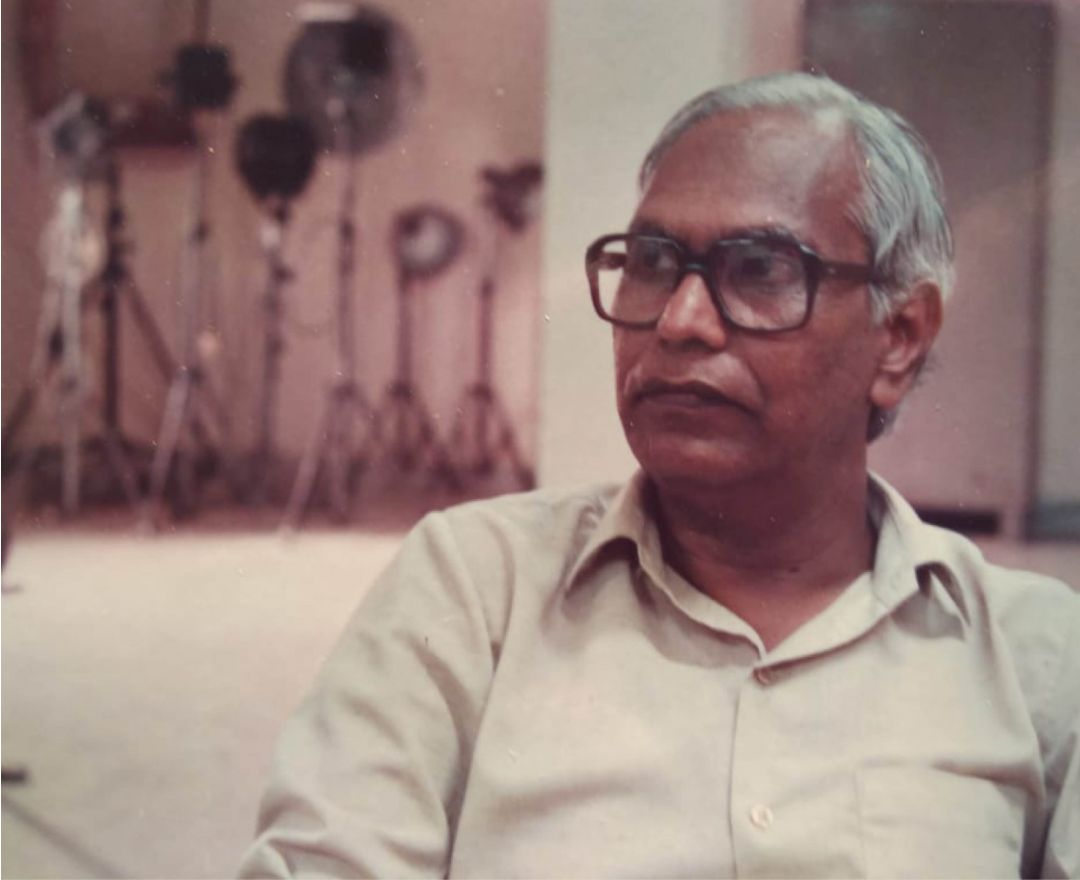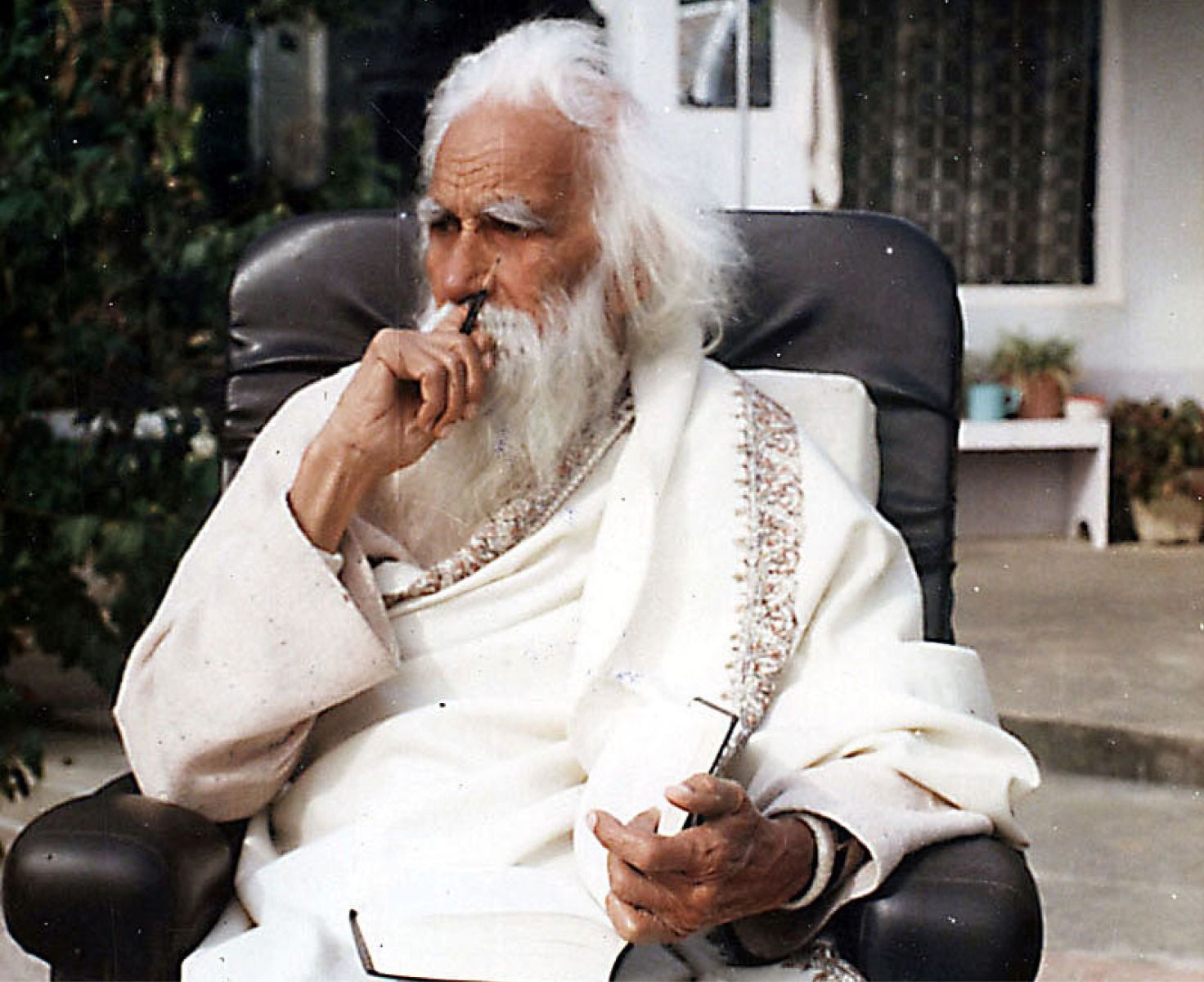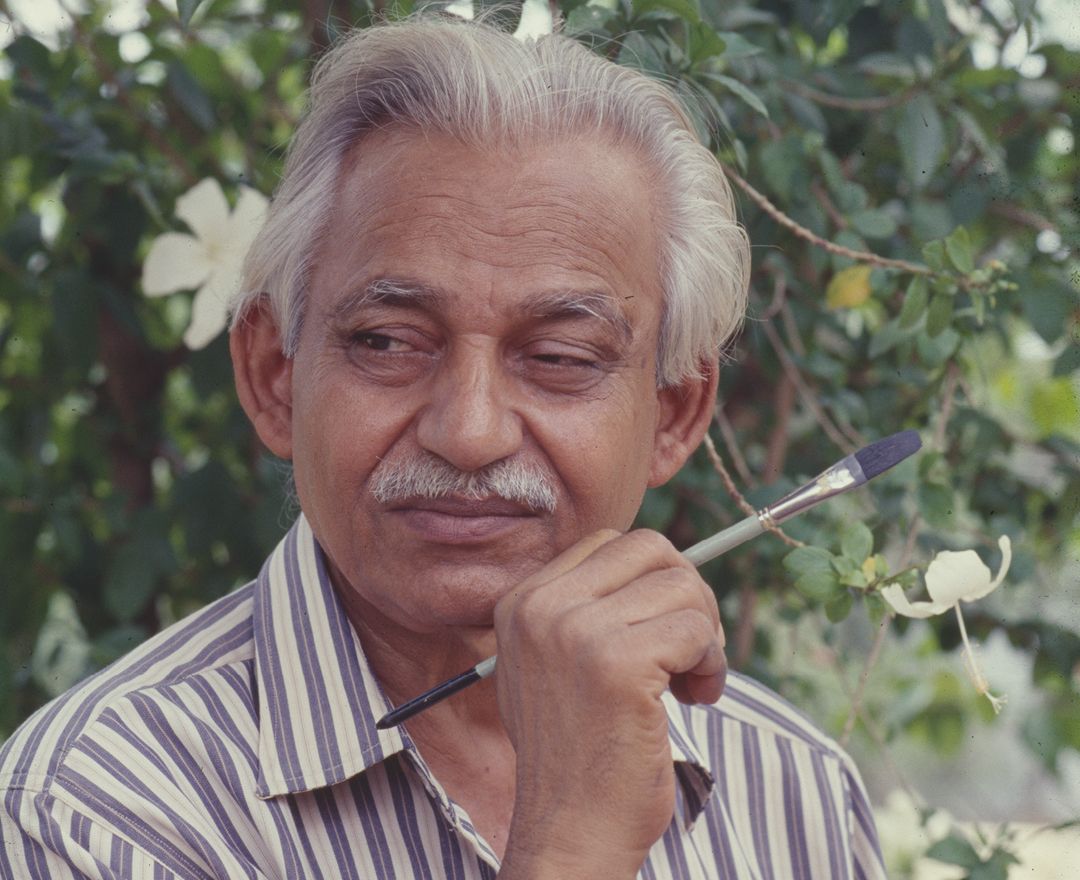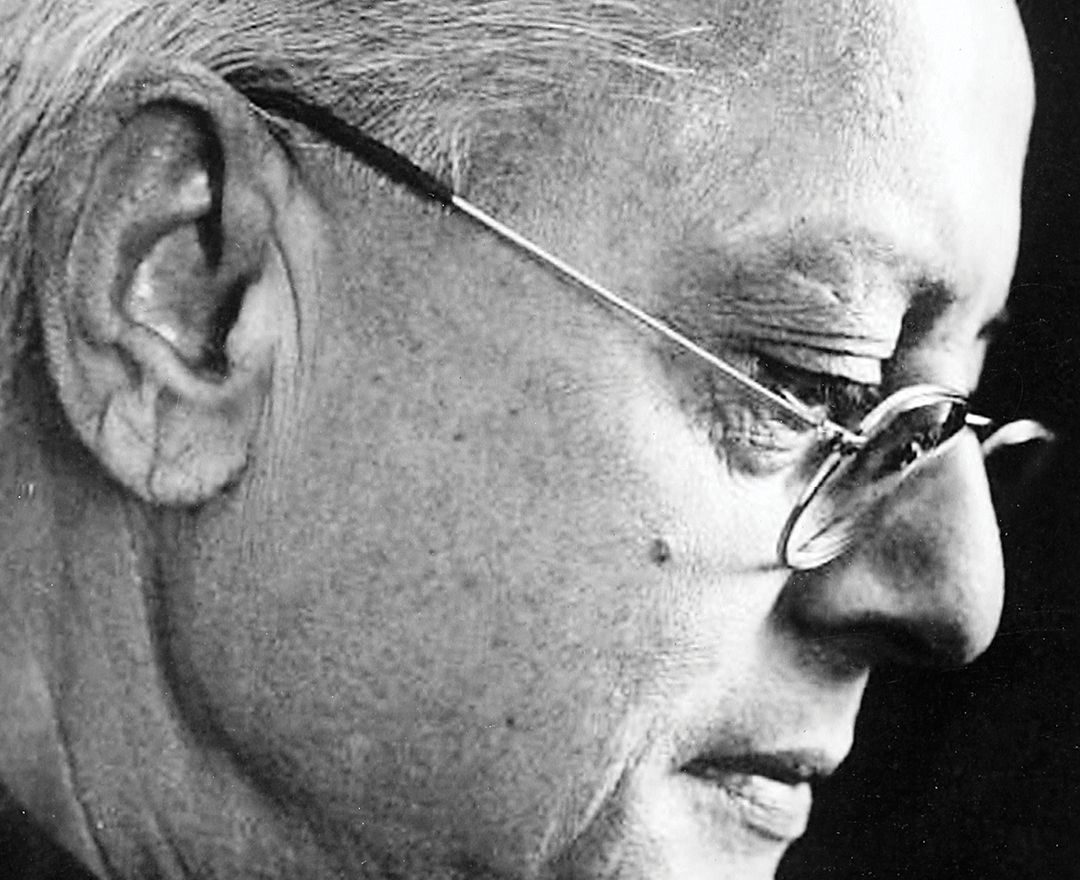Muni Singh
Muni Singh
Muni Singh
|
1936 - 1996 Muni Singh |

‘The Mughal empire may be long gone, but it left behind aesthetic sensibilities that remain strong in India today’
SURYA TUBACH
artworks
dag exhibitions
|
‘Indian Portraits: The Face of a People’ |
|
DAG, New Delhi, 2013; Mumbai, 2014 |








